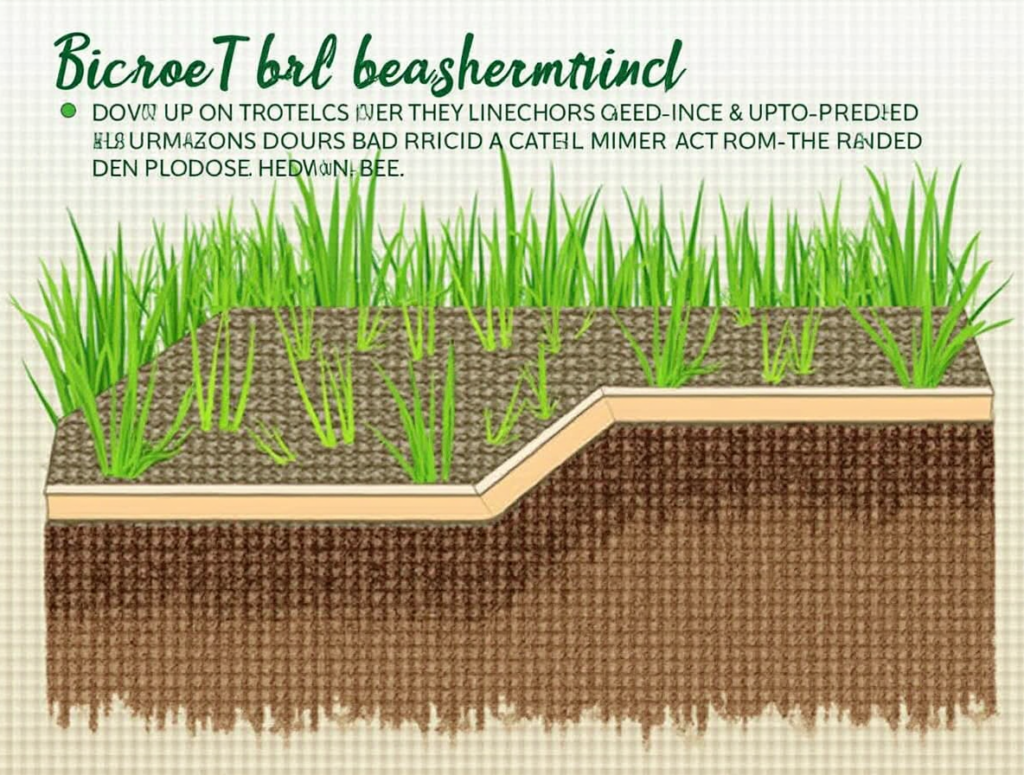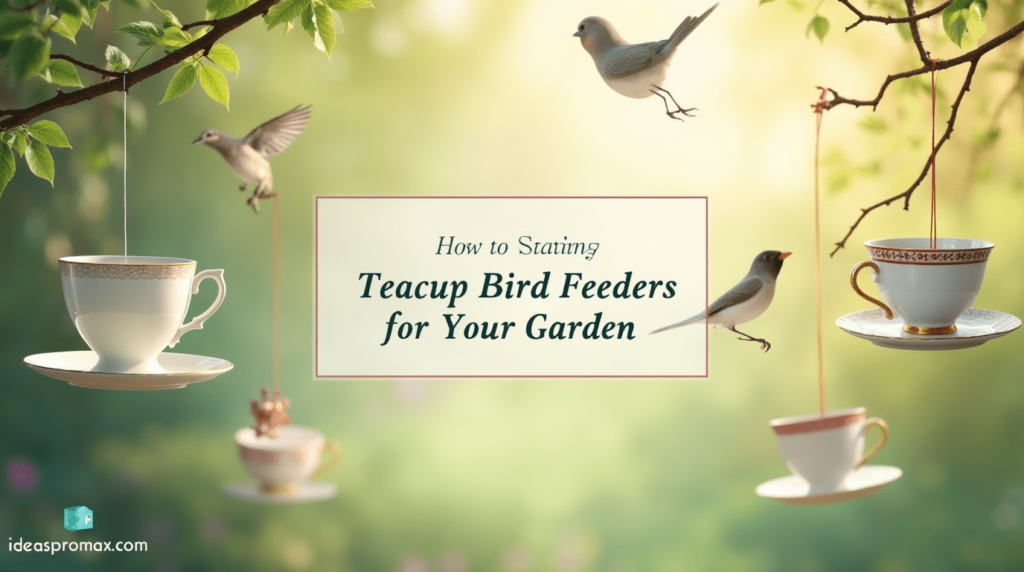When planning your garden, one of the most common questions that arises is: how deep should a raised garden bed be? The answer isn’t one-size-fits-all, as the ideal depth depends on several factors including what you plan to grow, your budget, and your gardening goals. In this comprehensive guide, we’ll explore everything you need to know about choosing the perfect depth for your raised beds to ensure thriving plants and bountiful harvests.
Why Raised Bed Depth Matters
Understanding how deep should a raised garden bed be is crucial because it directly impacts plant health, productivity, and your gardening experience. The right depth ensures:
- Adequate root development
- Proper drainage
- Sufficient nutrient availability
- Protection from soil-borne diseases
- Reduced weed pressure
- Easier maintenance
“The success of your garden starts from the ground up. Providing the right amount of growing space below the surface is just as important as what happens above.” – Master Gardener Association
Minimum Depths for Different Plants
When determining how deep should a raised garden bed be, consider what you’ll be growing. Here’s a handy reference table:
| Plant Type | Minimum Bed Depth | Examples |
|---|---|---|
| Shallow-rooted | 6-8 inches | Lettuce, spinach, herbs, radishes |
| Medium-rooted | 10-12 inches | Bush beans, beets, chard, kale |
| Deep-rooted | 18-24 inches | Tomatoes, potatoes, corn, artichokes |
| Root vegetables | 12-18 inches | Carrots, parsnips, turnips |
| Perennials | 18-24+ inches | Asparagus, rhubarb, berry bushes |
Standard Recommendations for Raised Bed Depth
For most home gardeners wondering how deep should a raised garden bed be, these general guidelines apply:
Standard All-Purpose Depth: 12 inches
A 12-inch deep raised bed strikes an excellent balance between cost and functionality. This depth works for about 80% of common garden vegetables and flowers, making it the most popular choice for raised bed gardens.
Shallow Bed Option: 6-8 inches
If you’re primarily growing:
- Leafy greens
- Herbs
- Annual flowers
- Strawberries
- Green onions
A shallower bed may be sufficient and can save on soil costs. However, these beds may require more frequent watering.
Deep Bed Recommendation: 18-24 inches
Consider deeper beds if:
- You’re growing root vegetables or deep-rooted plants
- Your native soil is poor or contaminated
- You want to minimize bending (taller beds are easier on your back)
- You live in an area with extreme temperature fluctuations
Factors That Influence Ideal Bed Depth
When contemplating how deep should a raised garden bed be, consider these additional factors:
1. Soil Quality Underneath
- Good native soil: You can get away with shallower beds (8-12 inches) as plant roots can extend into the ground below
- Poor soil or hardpan: Deeper beds (16-24 inches) are recommended
- Contaminated soil: Use deeper beds with landscape fabric barriers
2. Climate Considerations
- Hot, dry regions: Deeper beds retain moisture better
- Cold regions: Deeper soil volume provides better insulation for plant roots
- Rainy regions: Focus on excellent drainage with at least 12 inches depth
3. Physical Accessibility
The raised bed depth affects how comfortable it is to use:
- For seated gardening: 24-30 inches tall
- For standing access: 30-36 inches tall
- For children: 6-12 inches tall
4. Budget Constraints
Deeper beds require:
- More construction materials
- More soil (often the biggest expense)
- More initial labor
Best Practices for Any Depth
No matter how deep your raised garden bed is, follow these best practices:
- Use quality soil: Fill your beds with a blend of topsoil, compost, and organic matter
- Consider double-digging: Loosen the native soil beneath your bed before filling
- Add organic matter annually: This improves soil structure and fertility
- Install proper drainage: Add drainage holes if using a bed with a solid bottom
- Match plants to depth: Group plants with similar root depth requirements
DIY Depth Enhancement Techniques
If you’ve already built beds but are concerned they’re not deep enough:
- Add height with stacked lumber: Increase bed height by adding another layer of boards
- Create mounded soil: Build up soil in the center of the bed for deeper-rooted plants
- Use containers within beds: Place deeper containers within shallow beds for plants needing extra depth
- Employ succession planting: Follow deep-rooted plants with shallower options
Making the Final Decision
When deciding how deep should a raised garden bed be for your specific situation, ask yourself:
- What plants do I want to grow now and in the future?
- What’s my budget for materials and soil?
- Do I have any physical limitations that would benefit from a particular height?
- What’s the quality of my native soil?
- How much maintenance am I willing to do?
Conclusion: Finding Your Ideal Depth
The question of how deep should a raised garden bed be doesn’t have a single answer that works for everyone. For most home gardeners, a 12-inch depth provides an excellent balance of versatility, cost, and performance. If you’re uncertain, start with this standard depth.
Remember that gardening is an evolving process. You can always adjust in future seasons by adding height to existing beds or building new ones with different depths based on your experience and changing needs.
By thoughtfully considering your specific plants, growing conditions, and gardening goals, you’ll choose the perfect raised bed depth for a thriving, productive garden.
What plants are you planning to grow in your raised beds? Share in the comments below, and I’d be happy to provide specific depth recommendations for your garden goals!
Related resources you might find helpful:
- Best Soil Mixes for Raised Beds
- How to Build a Raised Garden Bed on a Budget
- Season-by-Season Planting Guide for Raised Bed Gardens
- Water Conservation Techniques for Raised Beds


